VOICES: REVISING REVISIONISM: BEYOND THE LOST CAUSE BY JULIAN HAYTER, PH.D.
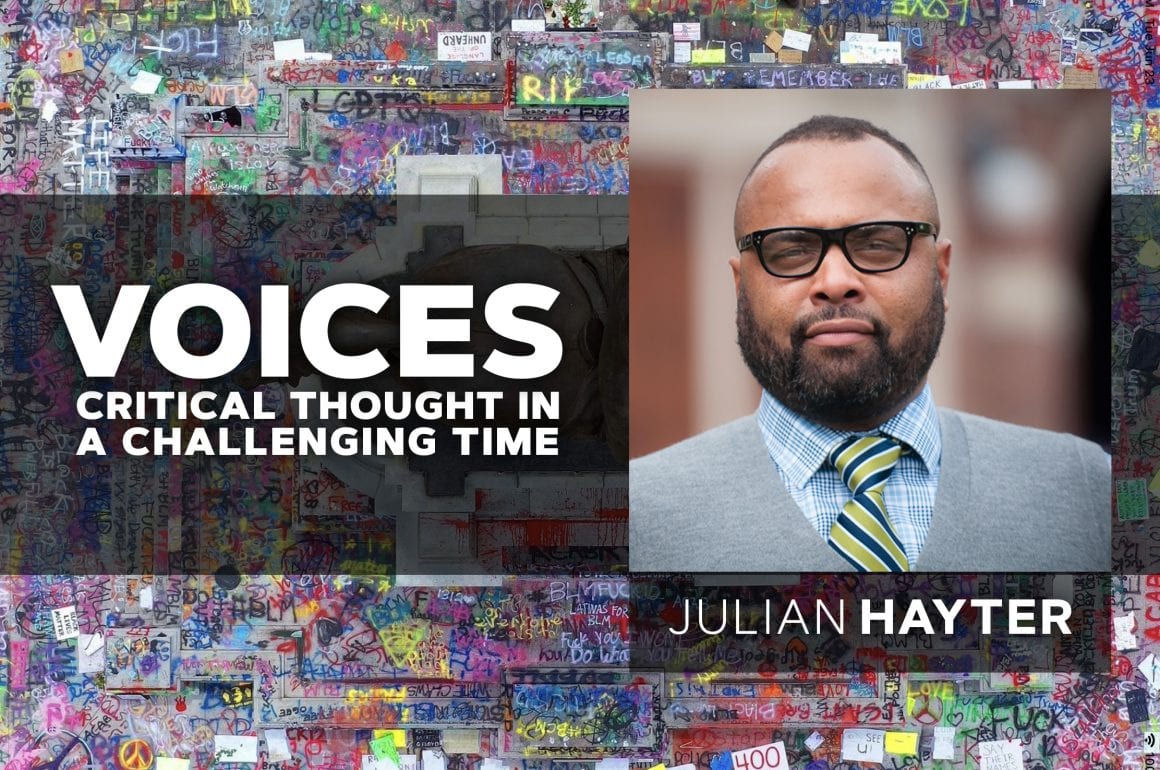
Richmond’s memorials to Christopher Columbus and Jefferson Davis are gone. But they should not be forgotten.
If the recent events on Arthur Ashe Boulevard and Monument Avenue demonstrate anything, it’s that history is not done with us. It shapes the present and dictates the strategies we organize to meet contemporary challenges.
History is always present. In fact, history and memory are as much about forgetting as remembering. So, now is due time for remembrance of a different persuasion.
We cannot make the long shadow of segregation and contemporary racism disappear by simply removing Confederate iconography from public spaces. Baltimore, New Orleans, and Charleston know this well. Confederate iconography may have been removed in those cities, but they are all still struggling to overcome the continuity of racism.
Institutional problems require institutional solutions.
I have written elsewhere about the sin of omission and mythologies that for far too long have characterized American history. Suffice it to say, the teaching of the American past is as much about productive citizenry and heritage as history. Until recently, textbooks portrayed America as a triumph narrative. The story often emphasized European progress, colonists’ mastery of nature and natives, and the divine providence of Constitutional republicanism.
Until African Americans and racial minorities began to write their own histories, stories of the United States were written by and for white Americans. There’s nothing controversial about this statement. Crack open any textbook from the mid-twentieth century—minorities are not merely absent, when they surface in these texts, they’re almost always portrayed as inconsequential and dehumanized figures. African Americans, for instance, are actors without agency or event.
To this day, history remains one of the worst-taught subjects in the American K-12 system. It is, in fact, often taught by non-experts. Furthermore, most American students learn history as a conventional, direct narrative — a set of facts that point toward progress.
We often fail to recognize how biases shape not merely instructional materials; prejudices also shape the questions experts ask about the past.
Which gets me to Monument Avenue and the crisis of now. In trying to explain the types of racial problems that characterize present-day America, many people rush to chattel slavery, leapfrogging the twentieth century in the process. Yet, as important as slavery was/is in defining American history and race, the events that happened after the Civil War and during Jim Crow segregation explain more directly how we got to now—doubly so for the problems that gave rise to the recent unrest. Most Confederate monuments were built during and for racial segregation.
Confederate revisionism outlived Jim Crow—the South’s sympathizers not only used the power vested in Jim Crow legislatures to mandate textbooks, but they also used Confederate statuary to reclaim public space in name of white supremacy and African American serfdom.
In tearing down statues, people must remember that they’re waging war not on structures only, but on a story.
Monument Avenue is but one example of the fiendishly covetous ways Southern politicians and profiteers used urban development and the institutionalization of the Lost Cause to cement their own economic and political power.
On the one hand, we know now that the creation of Monument Avenue was rooted in speculative real estate development. In fact, Virginia’s then-governor, Fitzhugh Lee (nephew of Robert E. Lee) rejected appeals to place the statue at the State Capitol and openly called the creation of the avenue a “plain business proposition.” This portion of Monument Avenue’s story outlines the types of racist urban development strategies that paved the way for redlining, slum clearance, public housing, and freeway construction. In fact, segregationist law enforcement was often organized to safeguard white profits and property. Sound familiar?
These historical issues cannot be divorced from the current social unrest.
On the other hand, Virginians inherited an especially pernicious, yet deeply subtle, brand of institutionalized racism. The Virginia Constitutional Convention of 1901-02 used poll taxes to remove 80 percent of African Americans and 50 percent of whites (the dirty little secret) from the commonwealth’s voting ranks.
Virginia’s segregationists misappropriated the democratic process. The commonwealth had the lowest voter turnout rate in America, and one of the lowest voter turnout rates of any free democracy in the world. Confederate symbolism and segregation are inseparable.
There was no popular mandate to erect monuments—even poor whites had no say in the matter. Whites also used the power vested in the General Assembly to mandate Lost Cause talking points in Virginia’s history books. These textbooks were not effectively phased out of the commonwealth’s curriculum until the 1980s.
Shades of these mythologies still exist in current textbooks.
To this day, 48 percent of Americans still believe states’ rights were the main cause of the Civil War—the principal Lost Cause mythology. Statues were the tip of the proverbial iceberg. Textbooks convinced generations of Americans that monuments reflected real history. Lost Cause revisionism also argued that slavery was a benign institution, slaveowners were benevolent paternalists, and African Americans were happy slaves who were unprepared for freedom.
The historical record demonstrates that none of these points are true. In fact, the historical record outlines the continuity of black resistance, then as now, to these initiatives.
This story—which demonstrates that segregation went well beyond lunch counters and lynching—must be told. And what better way to tell it than by using the symbols of white supremacy themselves?
If Americans have been good at anything, it’s erasing African American history. Yet, to reimagine a monument in a museum is not to erase history, but to question a previous interpretation of history!
Removing and/or recontextualizing monuments is really about demystifying historical misinterpretation—that history is always evolving; that white Americans up to and during the mid-twentieth century were incapable of writing about race objectively. Experts spent the last several decades writing histories that more accurately reflect the historical record. The Lost Cause, we now know, no longer holds water.
If the City of Richmond warehouses these monuments, it will have wasted an opportunity to set the historical record straight.
White southerners resolved to reshape the present and fashion a new future by rewriting history. Yet, Confederate statues are not the only artifacts to segregation in Richmond. Richmond Public Schools, the appalling rate of poverty, and public housing are also relics of segregation. And they have become points of profound disappointment.
It doesn’t have to remain that way and history might help lead the way forward. History, in the end, can be used as a powerful weapon in addressing the continuity of Richmond’s problems.
We cannot have reconciliation in Richmond without this type recognition.
Removing these statues is not a solution in and of itself. It is the beginning of more robust phase of action—a phase that requires political actors to demand that their histories be told, their humanity respected, and, more broadly, their voices be heard.
Julian Maxwell Hayter, Ph.D.
Historian and Associate Professor of Leadership Studies
Jepson School of Leadership Studies, University of Richmond


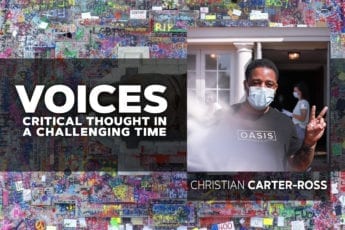
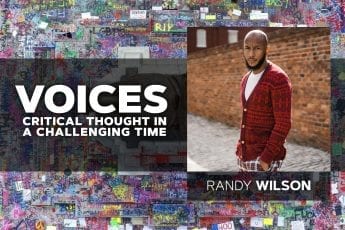
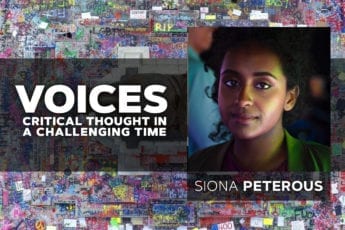

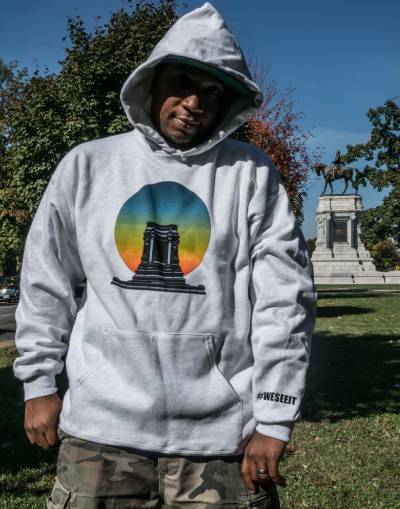 The Cheats Movement is dedicated to hip-hop culture, politics, and community activity. We see our community different than most, therefore, #WESEEIT
The Cheats Movement is dedicated to hip-hop culture, politics, and community activity. We see our community different than most, therefore, #WESEEIT
Wow! Very powerful and insightful!!!